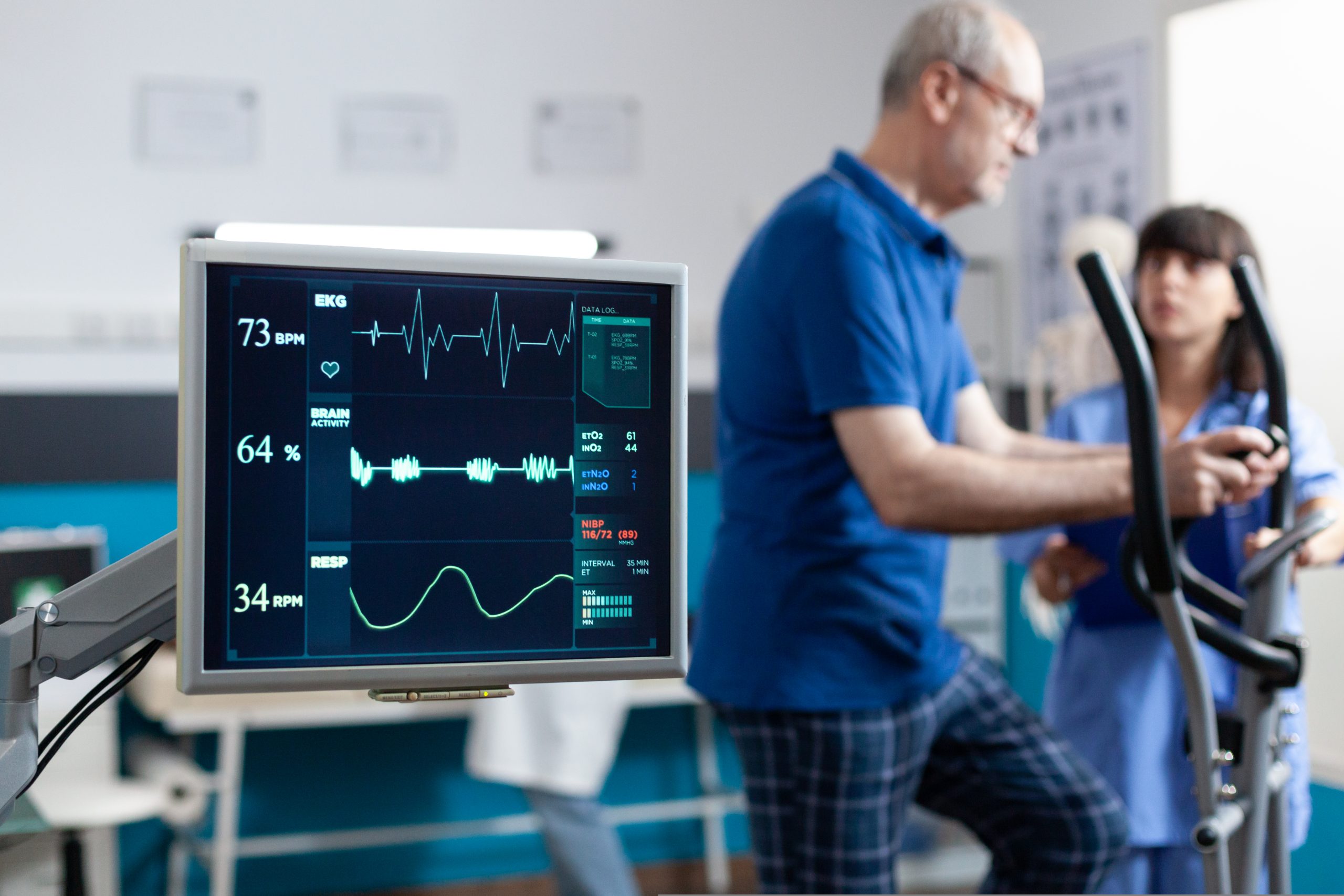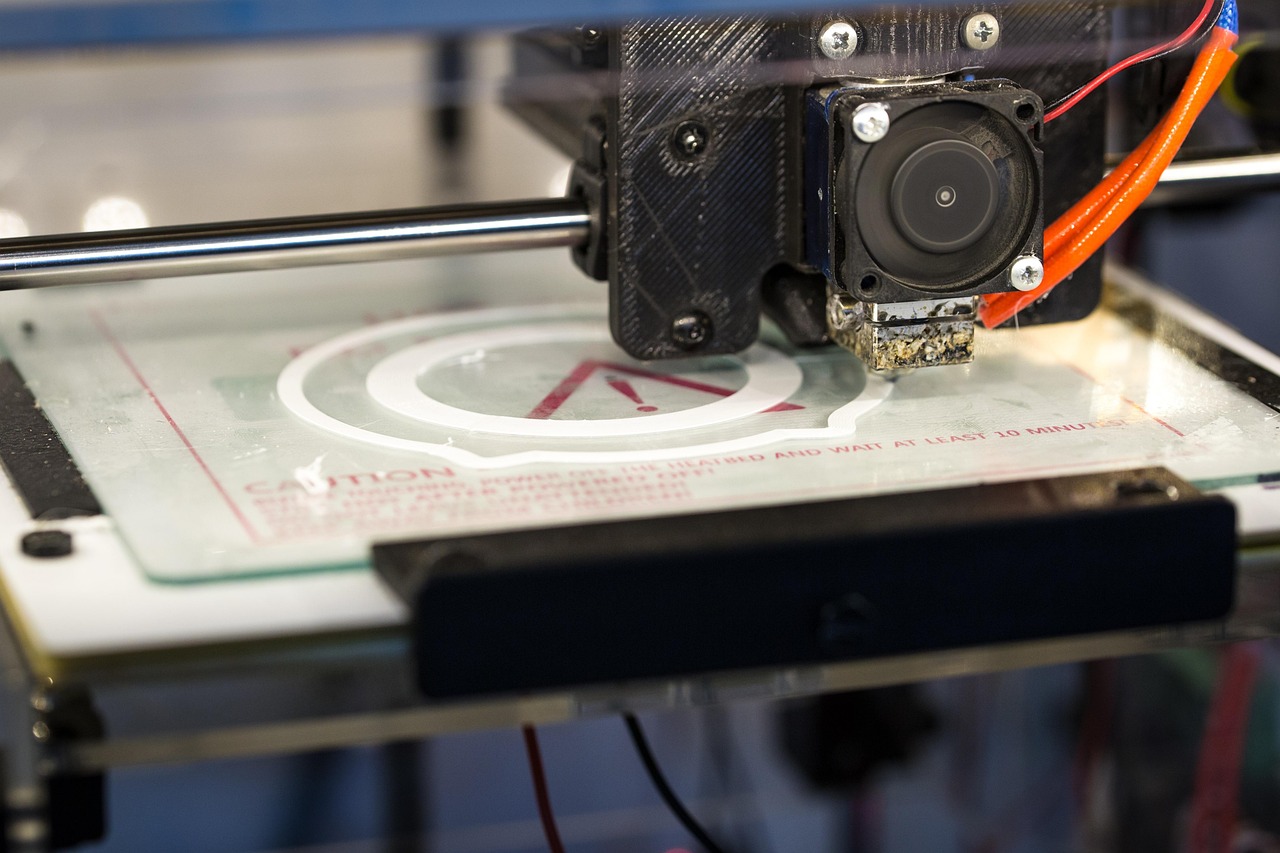A recent study introduces a novel architecture combining deep learning with 5G network capabilities to enable real-time vital sign monitoring and prediction. The proposed system utilizes a hybrid CNN-LSTM model optimized for edge deployment, paired with 5G Ultra-Reliable Low-Latency Communication (URLLC) for efficient data transmission. The architecture achieves end-to-end latency of 14.4ms while maintaining 96.5% prediction accuracy across multiple vital signs. Performance evaluations conducted over three months with data from 1000 patients validate the system’s reliability and scalability in clinical settings. The results demonstrate that integrating deep learning with 5G technology can effectively address the challenges of real-time patient monitoring, leading to early detection of deteriorating conditions and improved clinical outcomes.

What does it take to defeat Magnus Carlsen? Unpack the mental strength, neuroscience and machine training behind Gukesh’s...






